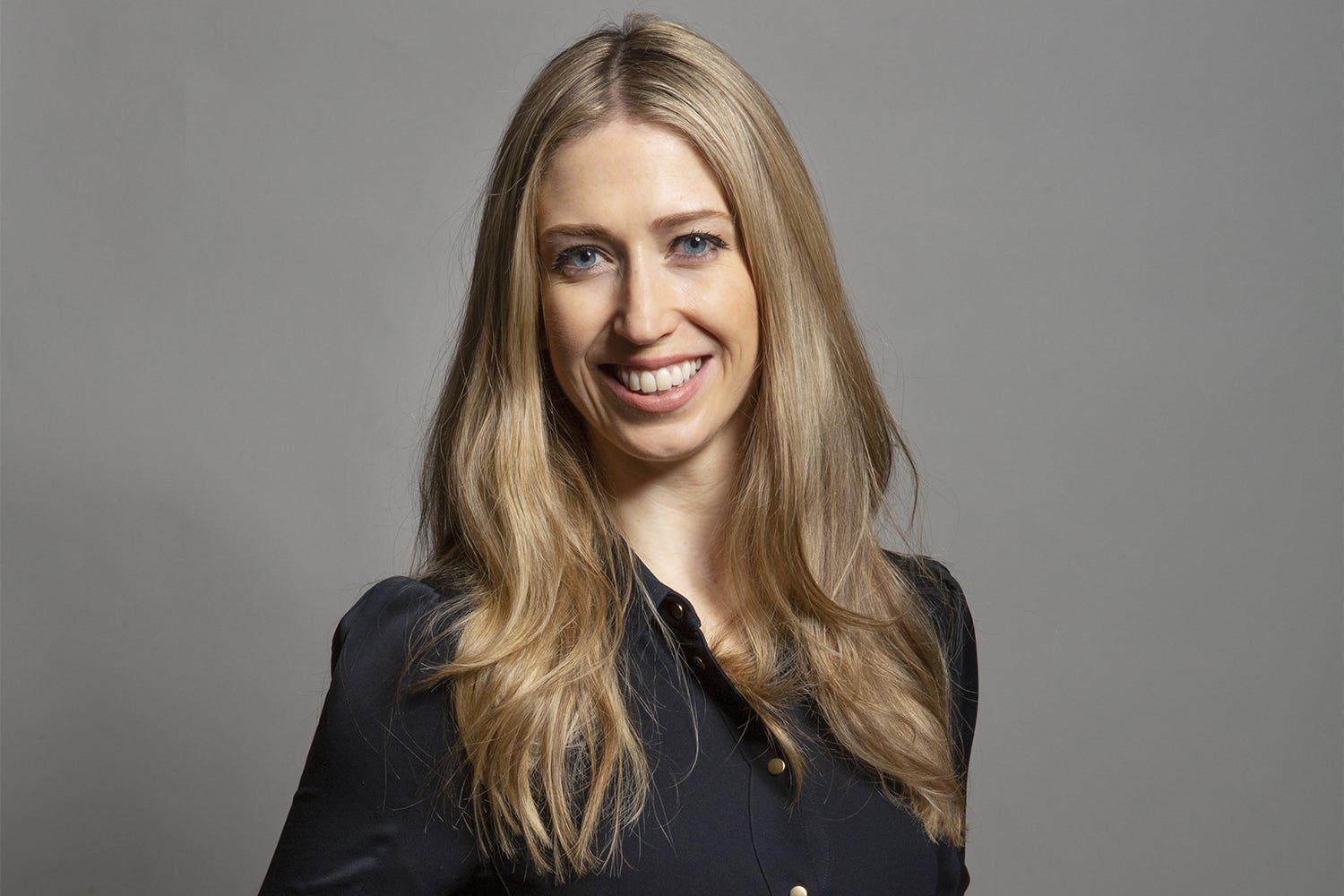‘No easy solution’ to pensions gender gap, minister tells industry gathering
Pensions Minister Laura Trott said the issue is a ‘multi-faceted problem’ adding ‘when you measure something I do think you tend to focus on it more’.

Your support helps us to tell the story
From reproductive rights to climate change to Big Tech, The Independent is on the ground when the story is developing. Whether it's investigating the financials of Elon Musk's pro-Trump PAC or producing our latest documentary, 'The A Word', which shines a light on the American women fighting for reproductive rights, we know how important it is to parse out the facts from the messaging.
At such a critical moment in US history, we need reporters on the ground. Your donation allows us to keep sending journalists to speak to both sides of the story.
The Independent is trusted by Americans across the entire political spectrum. And unlike many other quality news outlets, we choose not to lock Americans out of our reporting and analysis with paywalls. We believe quality journalism should be available to everyone, paid for by those who can afford it.
Your support makes all the difference.There is “no easy solution” to the pensions gender gap, Minister for Pensions Laura Trott has told an industry gathering.
Ms Trott was answering questions at an event attended by pensions industry representatives and hosted by former pensions minister Sir Steve Webb, who is now a partner at advisory firm LCP (Lane Clark & Peacock).
Ms Trott was speaking after the Department for Work and Pensions (DWP) released figures on Monday, showing the extent of the pensions gender gap in private pensions across Britain.
Between 2018 and 2020, a median average woman aged 55 to 59 had £94,000 on average built up in private pension wealth, while an equivalent male had £145,000, according to the data.
Ms Trott told the gathering at LCP’s London offices: “I’m generally of the opinion that within Government if you measure something, if you track something, it really focuses the mind on doing something about it.
It's a multi-faceted problem, there's no easy solution, but when you measure something I do think you tend to focus on it more
“And I think there is an enormously good story to tell in terms of what we’ve done for women with private pensions.”
She highlighted the impact of automatic enrolment in bringing people into workplace pension saving.
Ms Trott said of the gender pensions gap: “It’s something that I’ve always been committed to… and I think that the things the Government have done recently in terms of childcare support will help address it because the pensions gap is largely a function of the pay gap at times.
“It’s a multi-faceted problem, there’s no easy solution, but when you measure something I do think you tend to focus on it more.”
The DWP’s figures also indicated that among employees who were eligible for automatic enrolment in 2021, the median average male employee saved £2,430 into a workplace pension while the average female saved slightly more, at £2,700.
Within the public sector, male employees saved £8,480 on average compared with an average of £6,320 for female employees.
In the private sector, the median contribution per employee was lower, but male employees still contributed more on average than eligible female employees (£2,010 compared with £1,500), the DWP said.
A higher representation of female employees among the higher-saving public sector employee roles explains why the overall median average eligible female employee has a higher pension saving than the average male worker, according to the DWP document.
Asked about raising people’s awareness of their pensions, Ms Trott told the gathering: “I think there’s been some great work done by industry… and I hope the pensions dashboard (which will eventually enable people to see their pension pots in one place online) will take that further as well.”
She added that the key to pensions dashboards will be “getting people to use them”.
Asked if she was concerned about people being unable to save for their retirement, she said: “We haven’t seen a large drop off actually, this is something we look at very closely in the department, and that’s very positive.”
I want to be clear that where schemes are not delivering for pension savers, they need to improve, consolidate or exit the market. I am confident this will help boost the returns of pension savers
Ms Trott told the gathering that the introduction of auto-enrolment in 2012 had “turned the tide” on the number of people saving for retirement.
She said: “There’s still more that we can do.”
Ms Trott added: “It’s important to me that the existing stock of defined contribution pensions (is) working hard for pension savers.”
She said savers “deserve confidence to know their pension scheme is working for them and will deliver the best possible retirement outcomes”.
Ms Trott said: “I want to be clear that where schemes are not delivering for pension savers, they need to improve, consolidate or exit the market. I am confident this will help boost the returns of pension savers.”
She said she would like to see trustees of schemes focusing on ensuring their investment strategies and portfolios “are innovative, with effective diversification, and most importantly, targeting the best net returns for savers”.
Ms Trott added: “Together, I’m sure that we can boost returns for pension savers and ensure people across the country are able to enjoy the retirement that they have worked so hard for.”